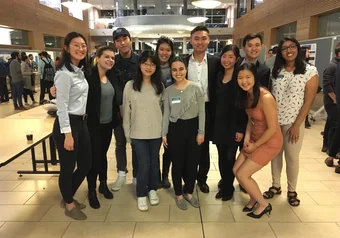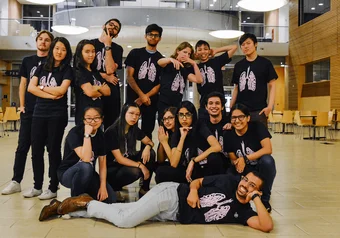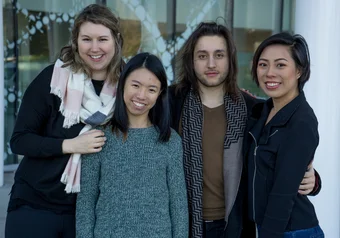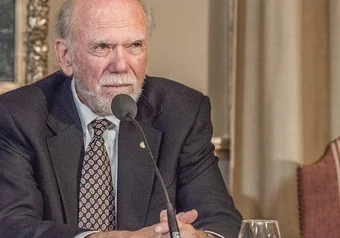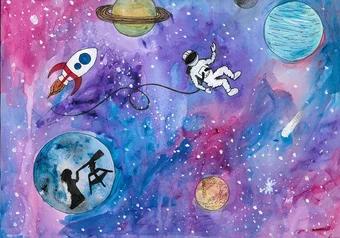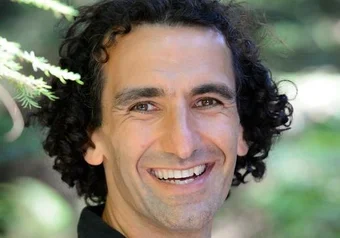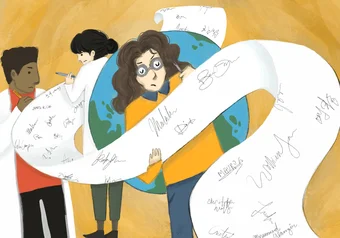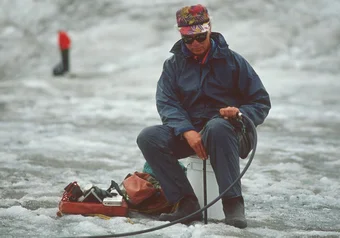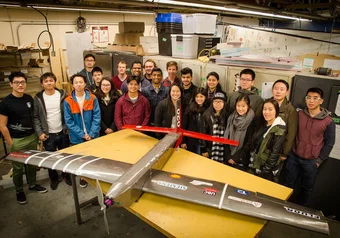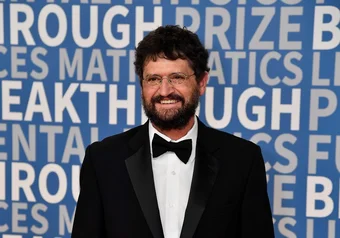Around a decade ago, URO started out as a peer program for science students, but today it is an AMS club for students from all faculties across campus and beyond.
Search the Archive
Incorporated as a club in 2015, UBC BIOMOD focuses its work every year on the annual BIOMOD competition in San Francisco, which brings together undergraduate design teams from around the world to showcase their biomolecular design projects.
Brain Bytes is a science communication initiative that aims to bring neuroscience research from UBC to the public, breaching the obstacles that often exist between conducting science and communicating it to a general audience.
John Watkins’s Across the Board is an exploration of mathematical puzzles and conundrums about the chessboard. It is not about the game of chess itself but rather the fascinating mathematics behind the chessboard and the pieces that traverse it.
Marlise Hofer, a social psychology graduate student and the lead author, conducted the study in Dr. Frances Chen’s Social Health Lab. The study examined the effect of scent on females’ stress responses using t-shirts.
UBC’s physics and astronomy department was lucky to host Dr. Barry Barish, one of the recipients of the 2017 Nobel Prize in physics. Barish began his talk by describing that space-time is extremely stiff and hence changes in distance are very small, which is why the observed effects are so small as well.
On this vast Earth, your favourite spot to hang out might be around The Boulevard or The Pit. Your favourite spot to hang out outside of Earth, however, probably shouldn’t be around a dying main sequence star — not unless you want to risk a very tragic end!
While there are no specific requirements stipulating how to format the lay abstracts, Porter is adamant that they should not “dumb down” complicated research, but rather, make it more easily accessible to those without a technical background.
UBC's Donner conducts field research on the island of Kiribati, located in the central pacific off the coast of Australia. This year’s UN conference had a particular focus on small island developing states, such as Kiribati, recognizing the threat that climate change poses to their livelihoods.
To make your first trip around the Universe less overwhelming, let’s start with the top five must sees. Before you begin your journey, make sure you have packed enough food for a lifetime and have a spaceship that can break the cosmic speed limit.
A letter has been sent out to all of humanity, warning us of an impending calamity. The letter voices scientists’ growing concern with climate change and calls for humanity’s participation in curtailing environmental destruction.
These models are based on real data that Clarke and his team of graduate students collected over several decades of field work in the Yukon Territory. However, these operations can be extremely arduous and expensive, and so he hopes that the future of glaciology may involve drone technology.
Planes are flying metal tubes and are pretty close to miraculous. But some people don’t like leaving the miracle of flight as just a miracle. For UBC students, engineering or not, that’s where the AeroDesign team comes in.
On August 24, 2016, Ada, an autonomously sailing robot designed and built by a team of UBC students, set out to be the first boat to cross the Atlantic Ocean completely autonomously. She was lost at sea until December 1, 2017.
The early stages of the universe recently became a little more clear thanks to UBC professor Dr. Gary Hinshaw. Hinshaw and the WMAP team — 27 scientists throughout the US, Canada, and the UK — received the Breakthrough Prize for Fundamental Physics on December 3.


